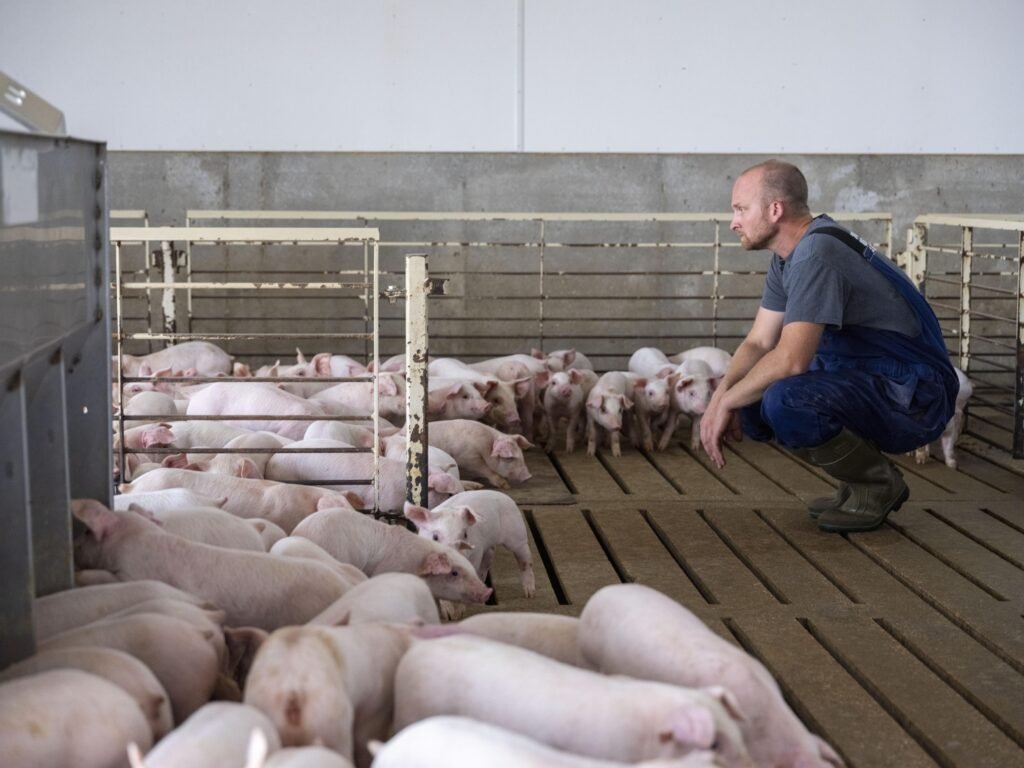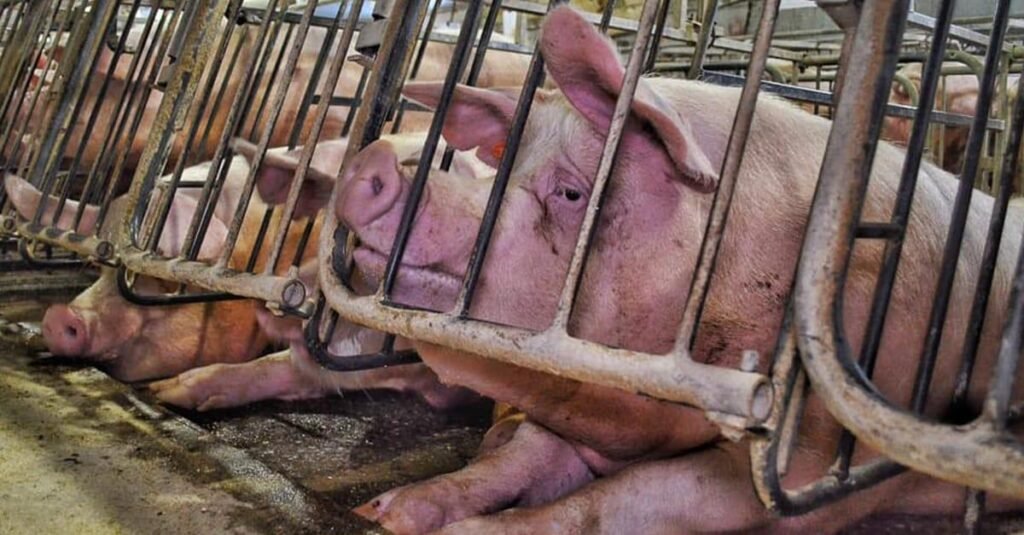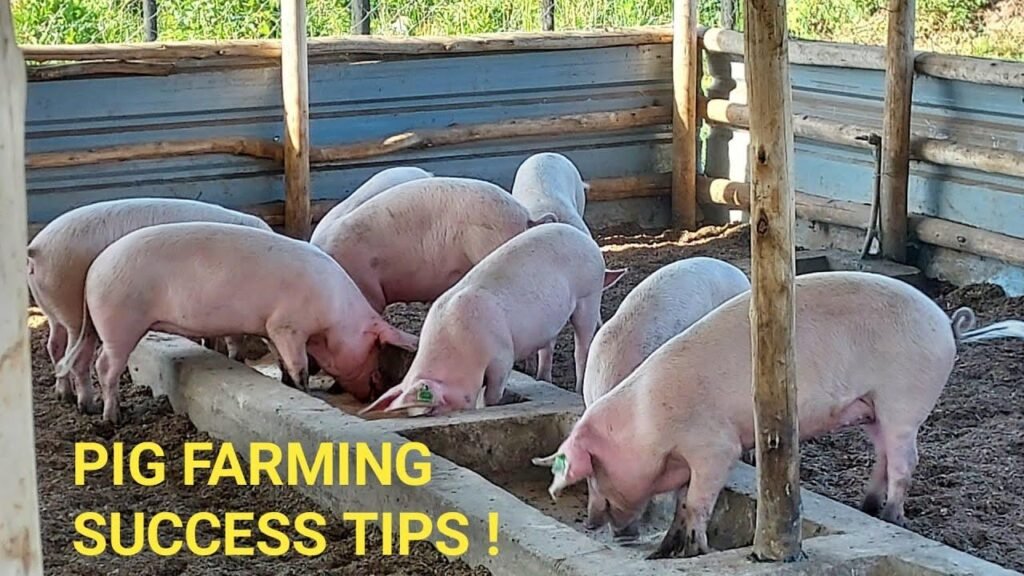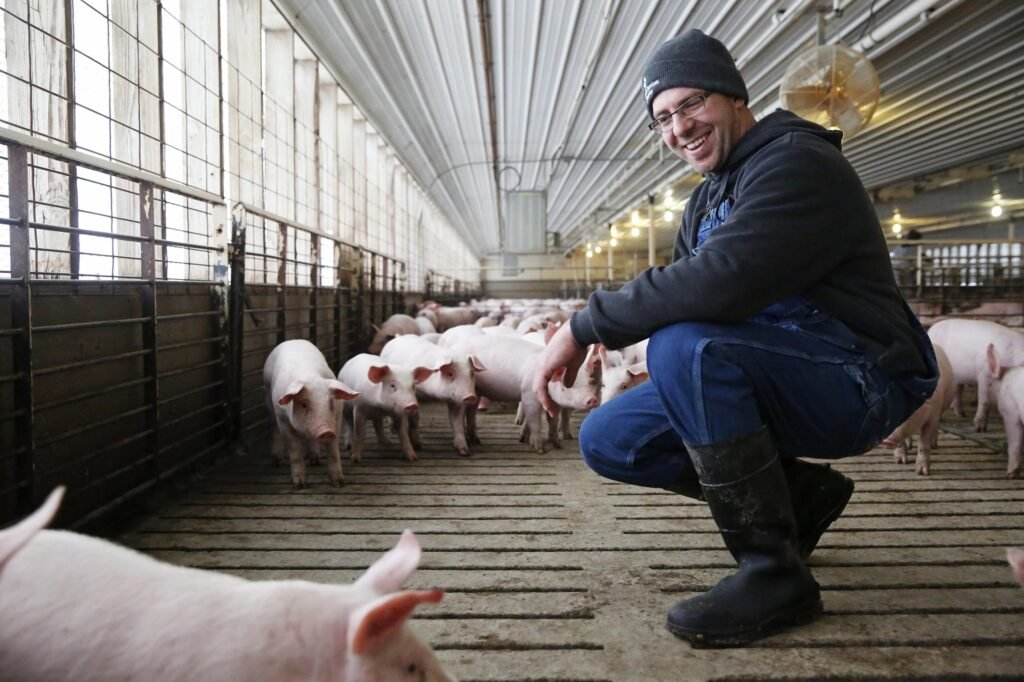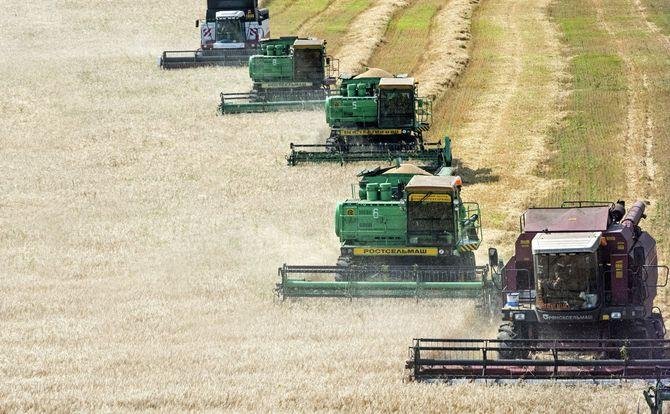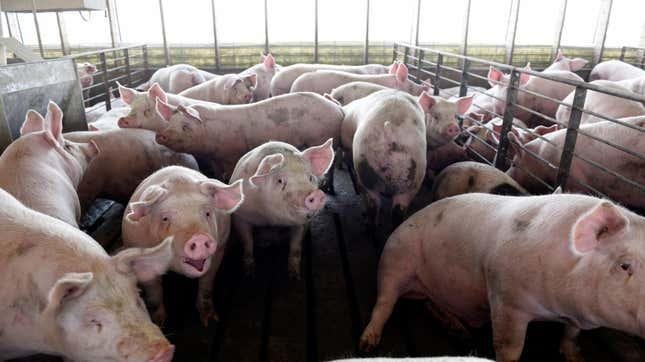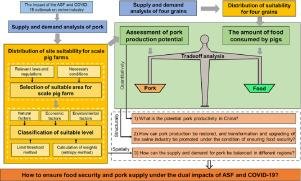U.S. growers, accustomed to the seasonal pendulum of global commerce, find themselves in untamed waters as Chinese agricultural purchases undergo a swift decline. Recent figures reveal a 59% fall in year-to-date U.S. agricultural trade with China compared to last year—a dramatic contraction that signals more than temporary turbulence for rural economies. The abrupt deceleration doesn’t merely disrupt shipment schedules; it shifts the entire landscape on which many American farmers have built their livelihoods.
Previously, China served as an unrivaled marketplace for U.S. produce—especially soybeans and pork—purchasing over $27 billion of agricultural goods from the U.S. in 2024 alone. Soybeans were central, with China importing roughly $13 billion worth that year, their demand practically underpinning Midwest farm planning cycles. However, tit-for-tat tariffs have reversed these fortunes almost overnight.
As a response to heightened U.S. tariffs now reaching an unprecedented 145%, Beijing enacted mirror-like measures across virtually every significant American farm export: soybeans, pork, sorghum, beef—even less headline-grabbing outputs like dairy and aquatic products find themselves ensnared. The most notable instance arrived when Chinese buyers canceled orders for 12,000 metric tons of pork—the largest single cancellation since pandemic-era supply chain chaos erupted in 2020. The consequences are immediate: warehouse inventories swell as thousands of tons go unsold and livestock prices collapse under saturated regional markets.
For Midwest soybean growers and southern pork producers alike—the pressure is mounting at multiple junctures all at once. At local elevator sites across Iowa or Nebraska you can witness this new normal: vehicle convoys idling while storage bins fill beyond intended volumes with surplus grains or beans reluctant to move offsite at viable prices—especially as China’s requirements evaporate or become sporadic enough to upend longstanding pricing benchmarks.
Consumers might think temporary cheaper supermarket cherries is something positive—they’re sometimes right—but it’s mostly a mirage brought about by distressed liquidation from producers unable to redirect oversupply fast enough into alternative world markets. Some claim this consumer benefit will last however long inventories do; although evidence suggests such price drops rarely persist once farmers cut back acreage out of necessity rather than preference.
Trade strategists highlight one especially crucial aspect going unnoticed amid tariff headlines: logistical backlogs aren’t distributing pain evenly across commodities or regions. Sorghum shipments collapsed—from over one million metric tons dispatched monthly in early 2024 down to scarcely more than two hundred metric tons for corresponding periods in spring 2025—with much unused stock accruing mainly because no buyers emerge even after three consecutive weeks without any Chinese engagement whatsoever.
Interestingly—and perhaps surprisingly given historic precedent—the current administration’s efforts differ subtly but significantly from prior responses during earlier waves of trade friction between Washington and Beijing. Agricultural bailout programs existed previously under Trump’s first term; those support payments nearly matched tariff revenues collected by Treasury departments during crises past.
By contrast today’s approach appears less interventionist despite equal hardship indicators flashing red throughout grain belt infrastructure reports and commodity exchange commentaries alike. This may reflect changing philosophies within policy circles about direct market stabilization versus international diplomatic engagement strategies—even if sorting out precisely which option yields greater medium-term stability remains hotly debated topic among economists who diverge over both ideological lines and hard data interpretation methodologies.
Subtle regulatory risks lurk on additional fronts too—notably fresh port fees announced by American authorities set for implementation come October specifically targeting container ship routes originating from East Asia though immunizing bulk cargo for now—a technical distinction not lost on experienced ag traders tracking secondary impacts upon perishables transit times or insurance underwriting terms recently renegotiated lower premiums due weak demand signals.
The economic turmoil unfurling isn’t just calibrated by spreadsheet losses—it radiates outward into labor dynamics (seasonal hiring falters), machinery dealers facing stagnant inventory turnover ratios never seen outside major recessions before—and ripple effects through seed suppliers whose anticipated order flows shrink alongside forward contracts written hurriedly months ago under entirely different risk assumptions.
Oddly enough there was talk among some policymakers suggesting so many new trading partners stood ready “as many as two hundred countries,” said President Trump—poised apparently waiting patiently behind closed negotiating doors until breakthrough agreements appear pending signature despite skepticism voiced both publicly by Chinese representatives who dispute active talks exist currently at all.
In truth (well arguably it could be untrue depending on your reading), shifting so abruptly away from such a dominant customer base compels entire segments—from agribusiness conglomerates clustered along Mississippi shipping arteries down through smallholder cooperatives dotting Appalachian valleys—to gamble anew not simply on weather patterns but also geopolitics whose oscillations seem barely tethered lately even to stated official positions much less consistent business planning horizons expected in ordinary times.
The intersection between economics and agriculture has always featured contingencies beyond rainfall prediction models traditionally favored above ground-level infrastructure maintenance discussion circles (drainage tile anxiety abating only slightly this planting season). Yet farmer resilience grew habitual amid adversity; still there’s palpable unease now regarding whether crop protection insurance indemnities will suffice if future trade instability entrenches rather than recedes should negotiations stagnate further after summer ends abruptly without fanfare yet again this year—or maybe things turn around unexpectedly soon after all? That uncertainty itself has become perhaps the most consequential variable haunting kitchen table calculations spanning coastlines wide open beneath unsettled skies overhead.


